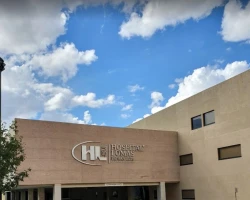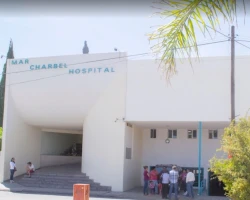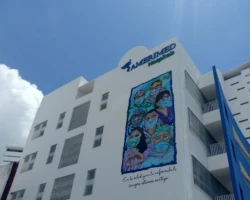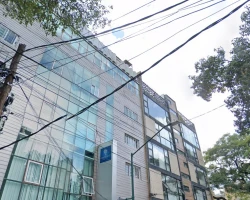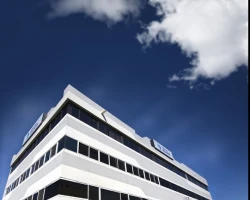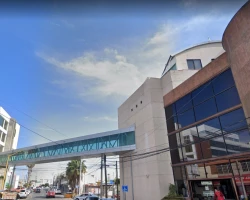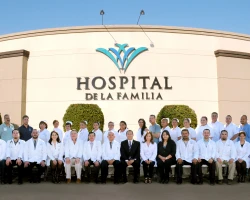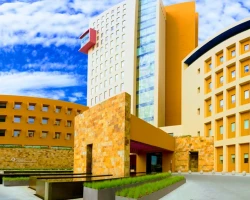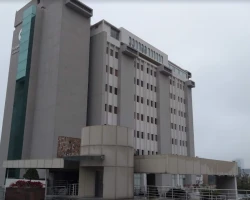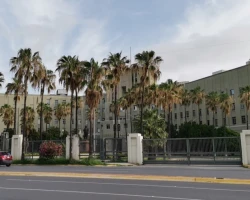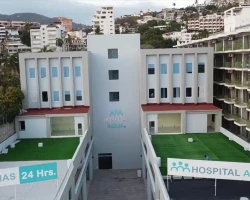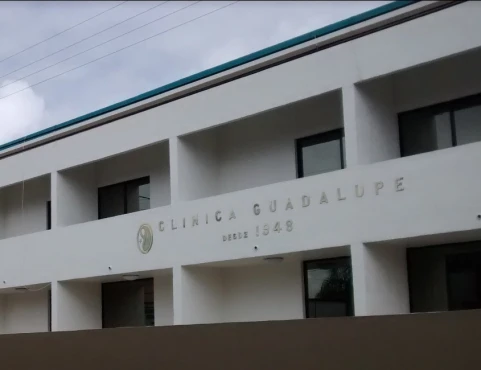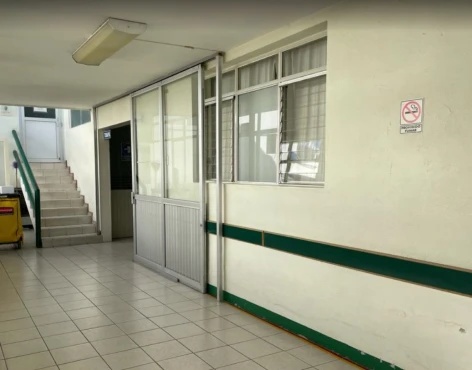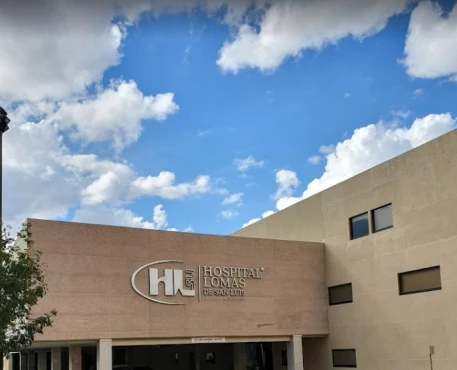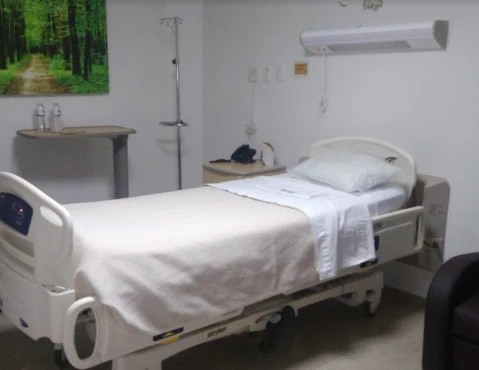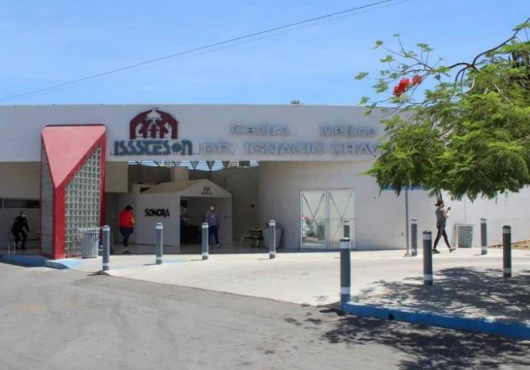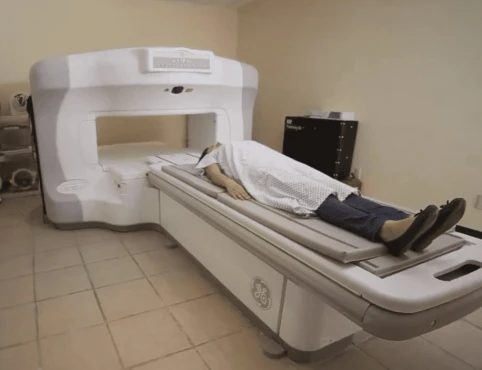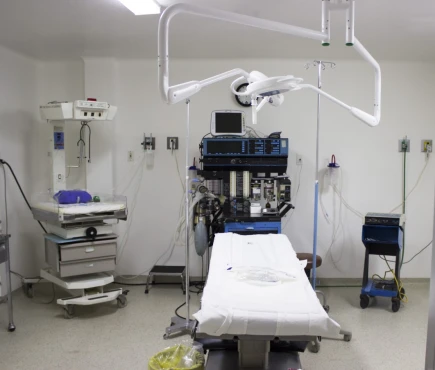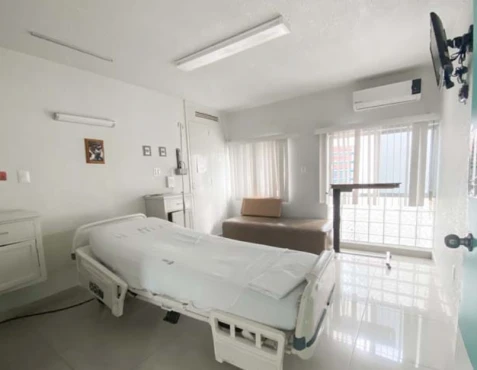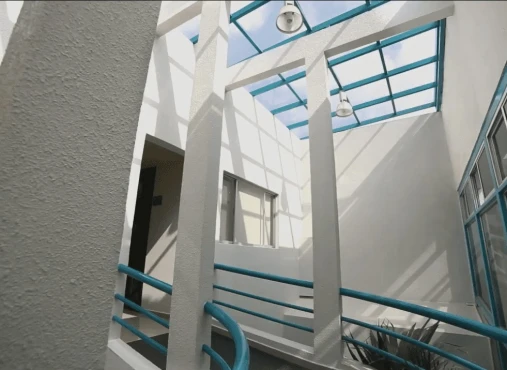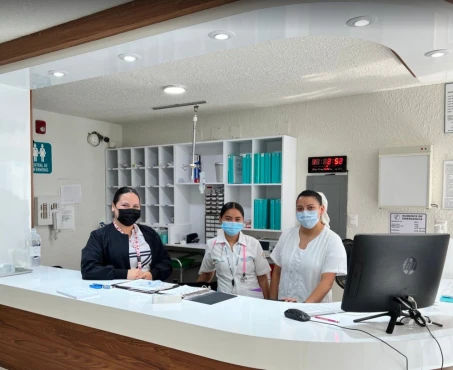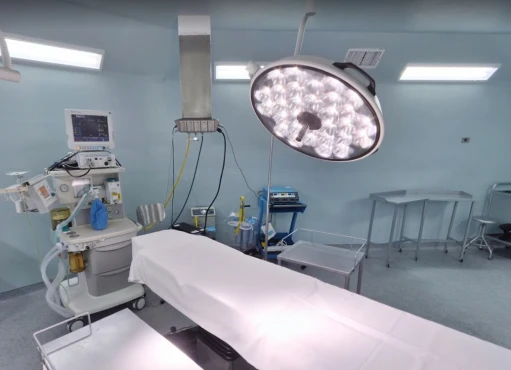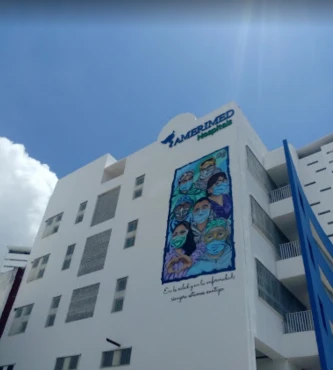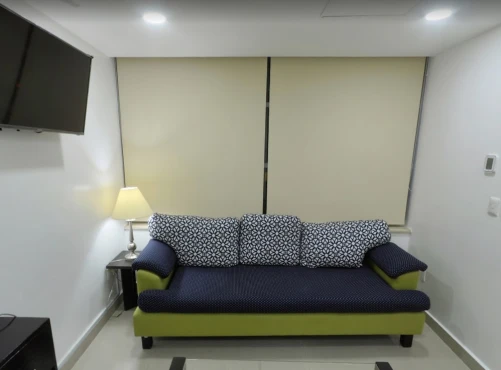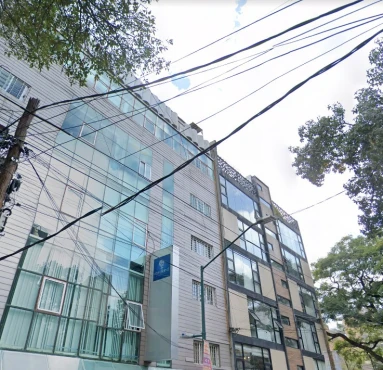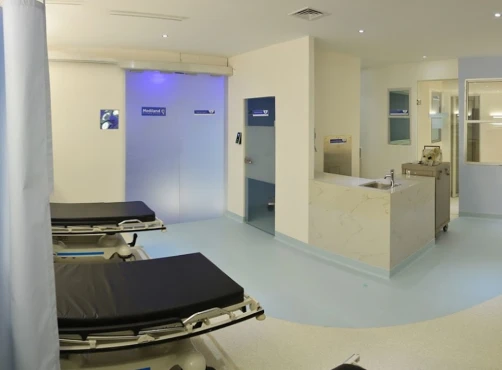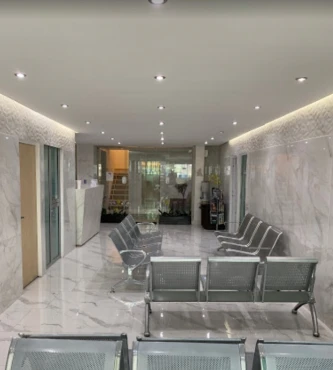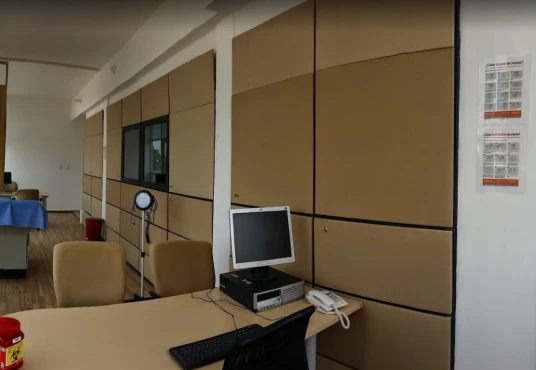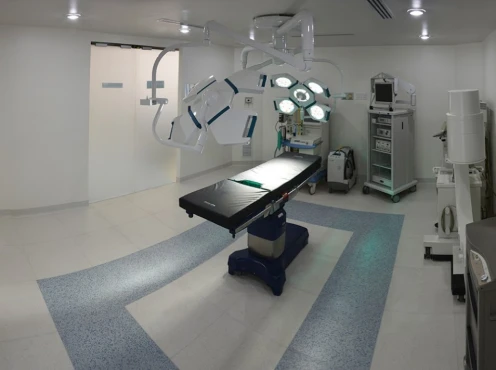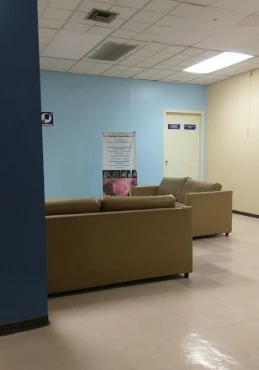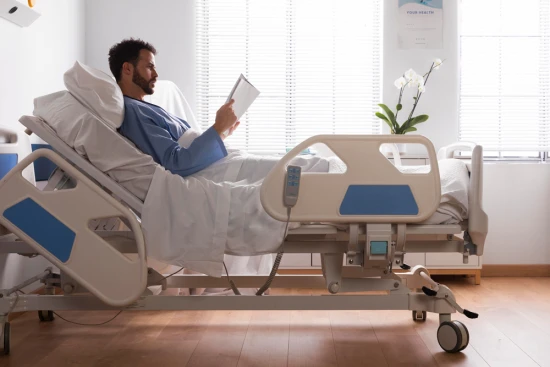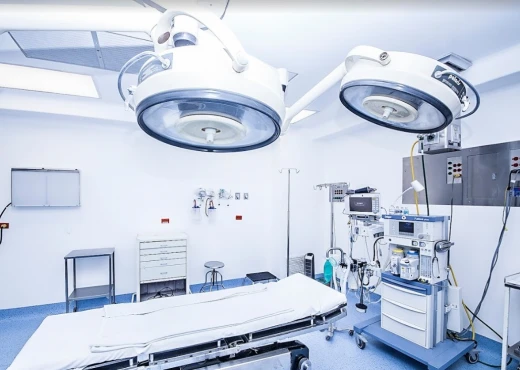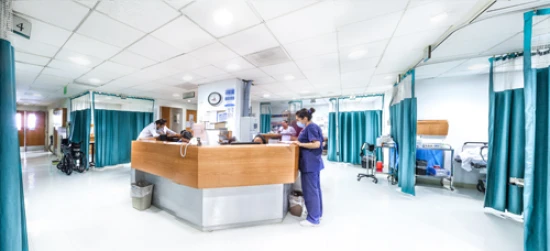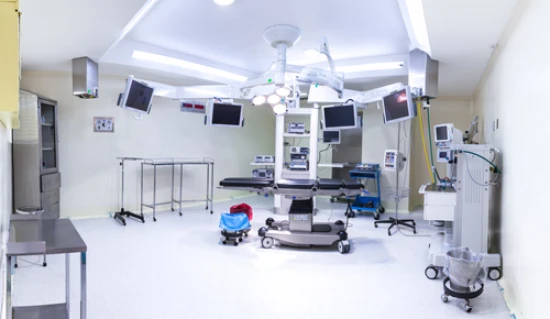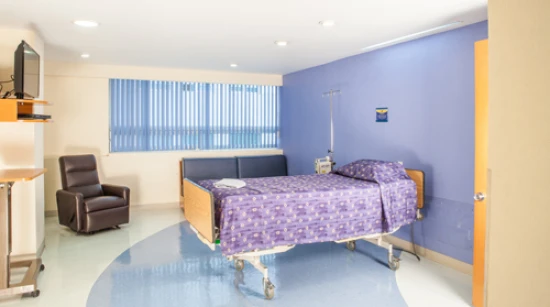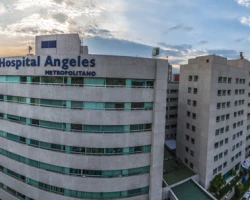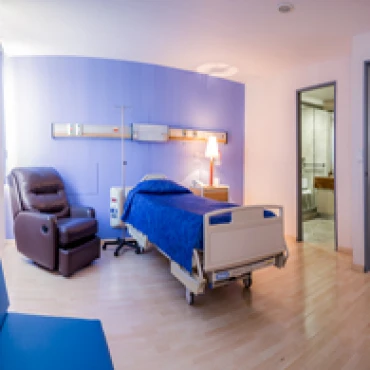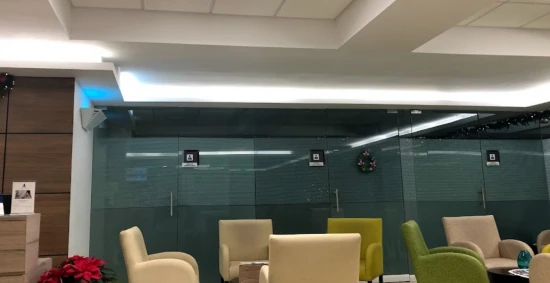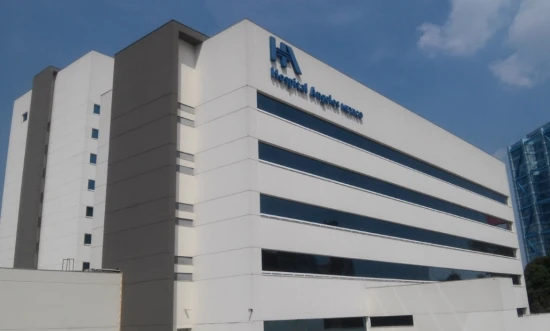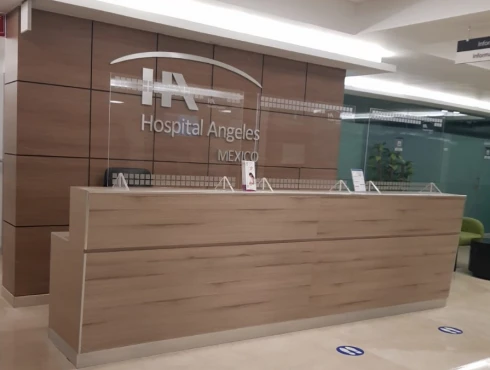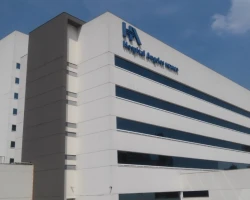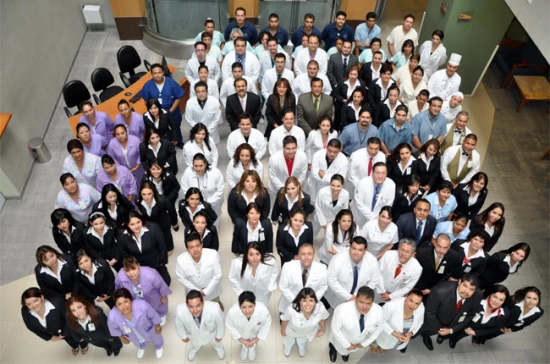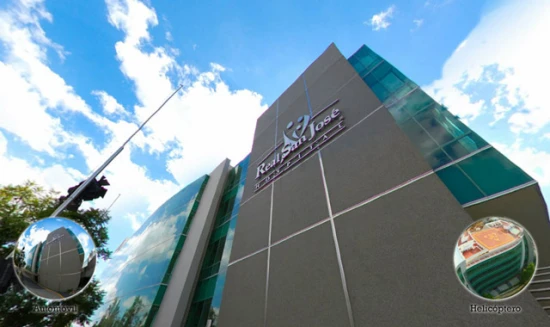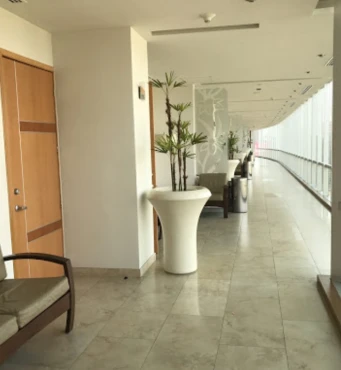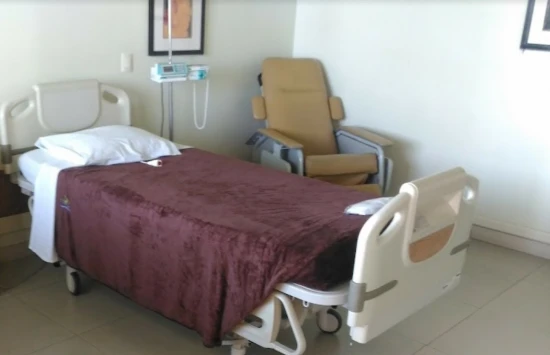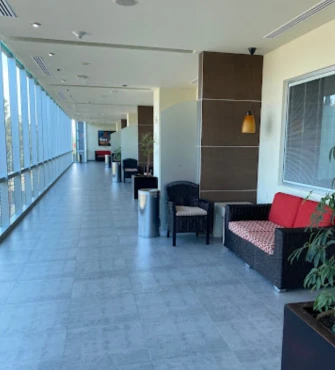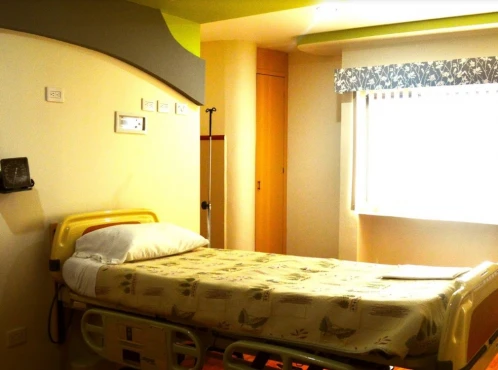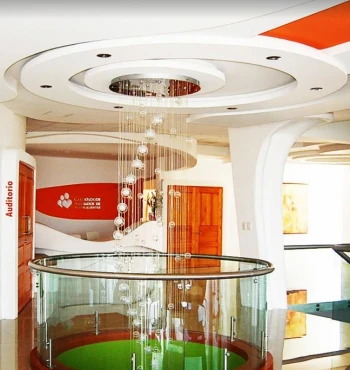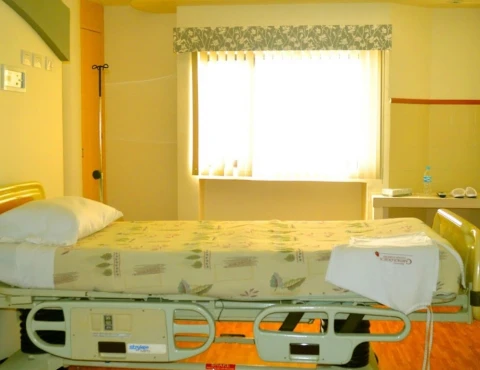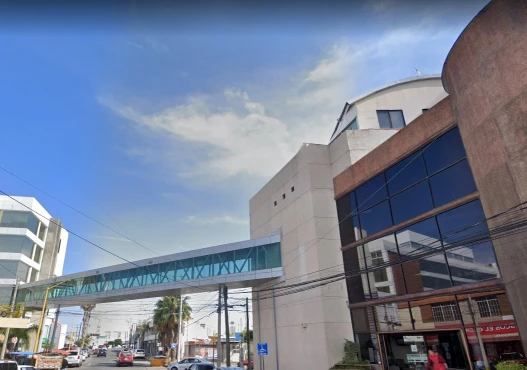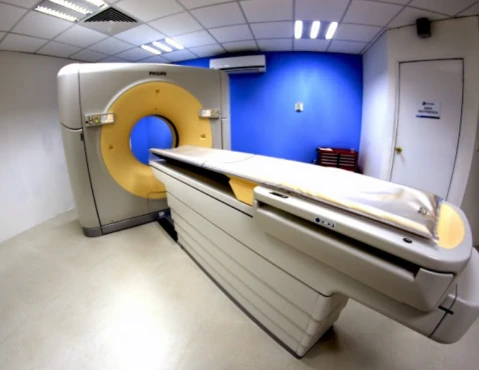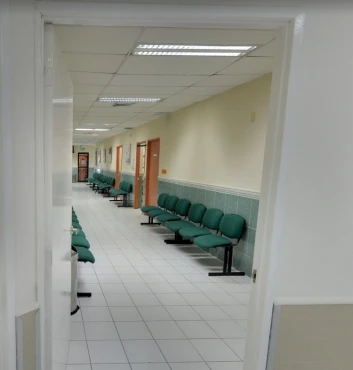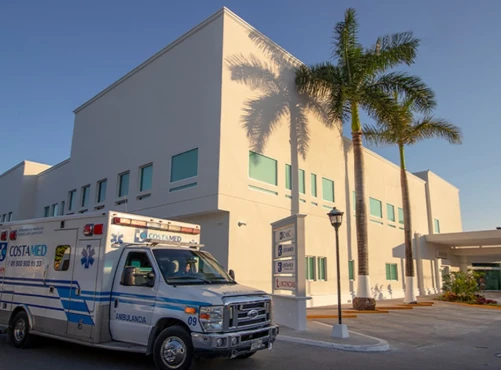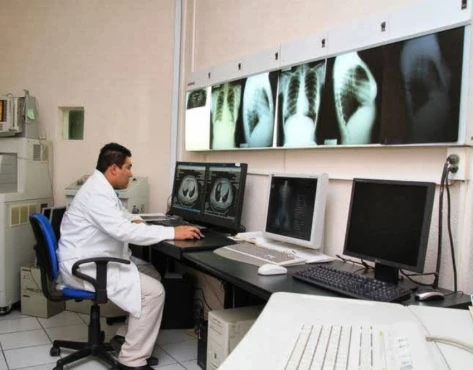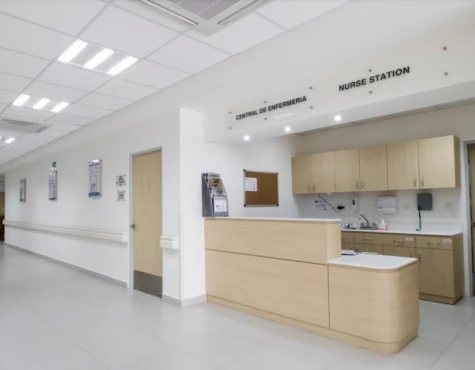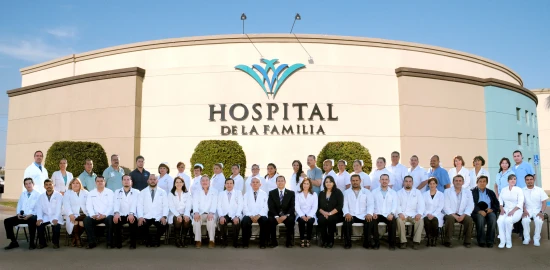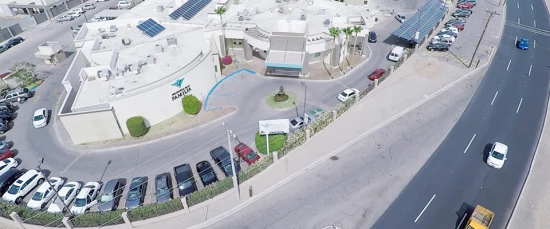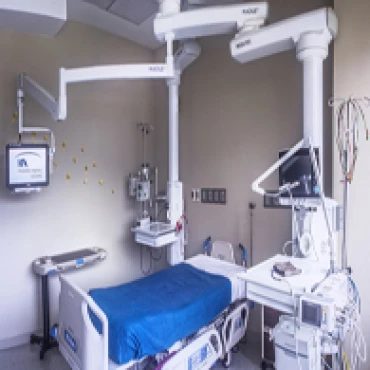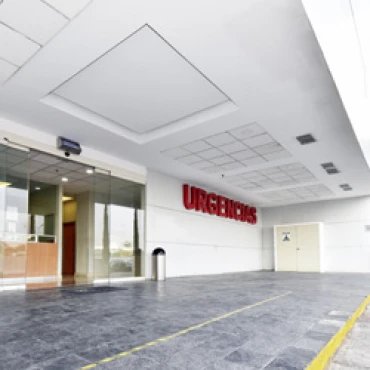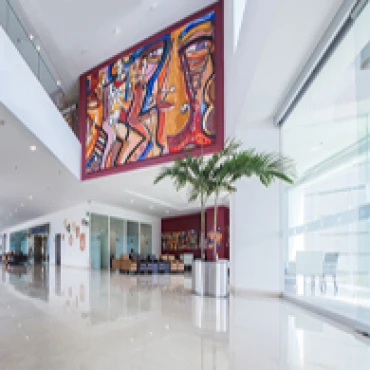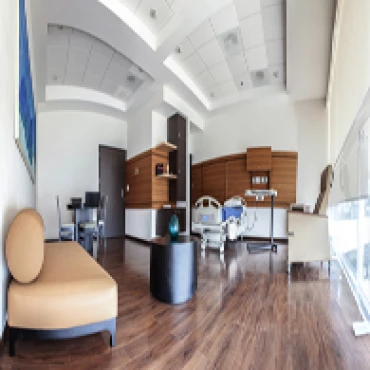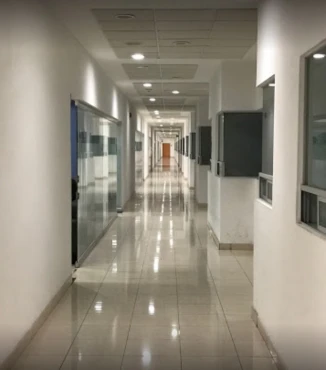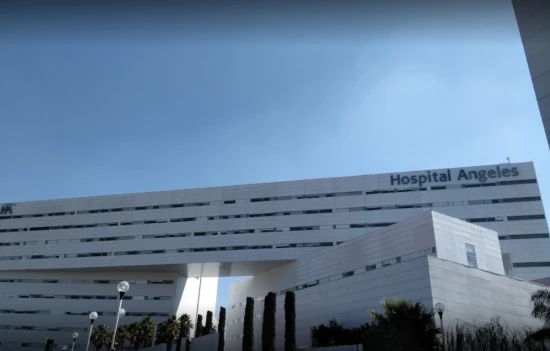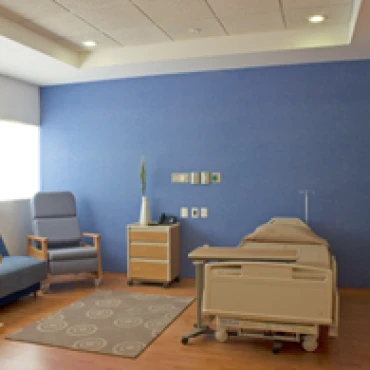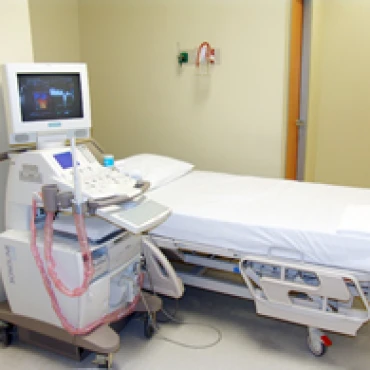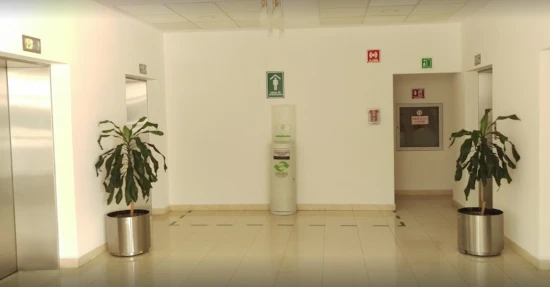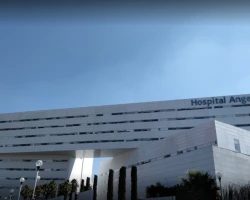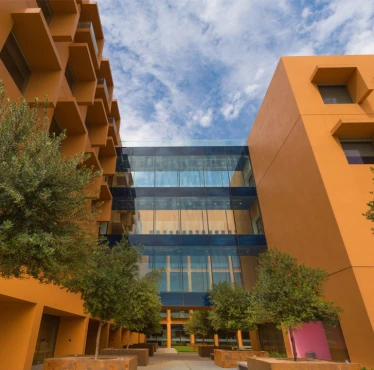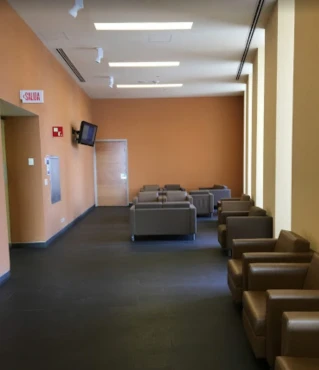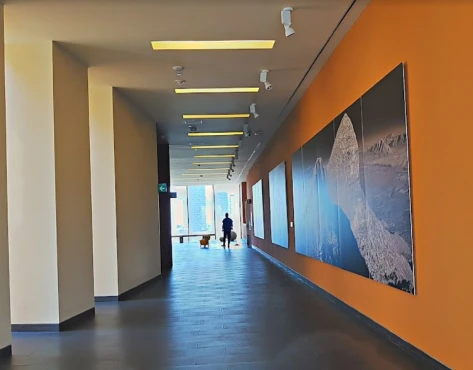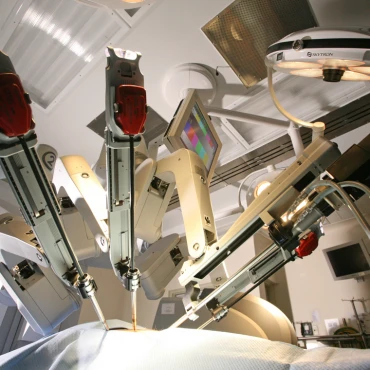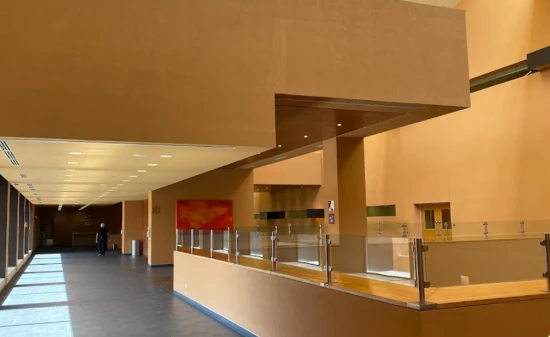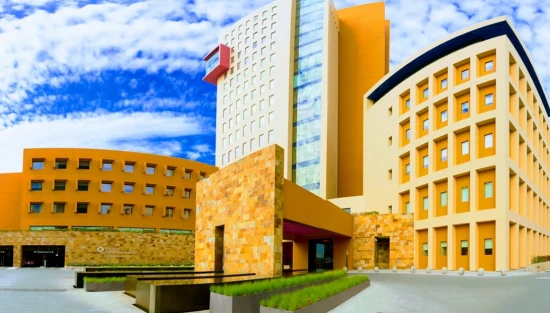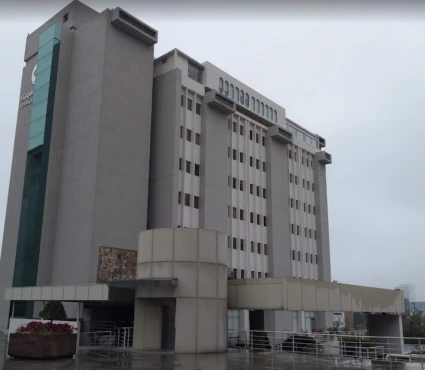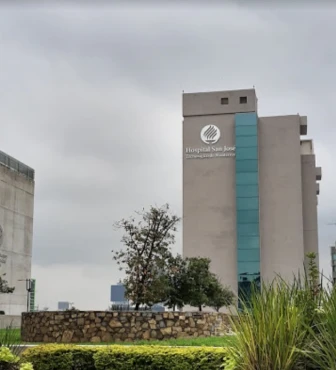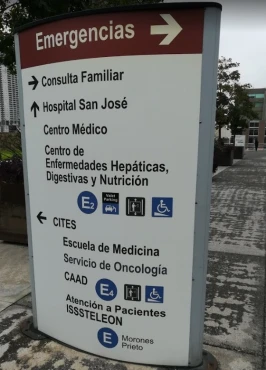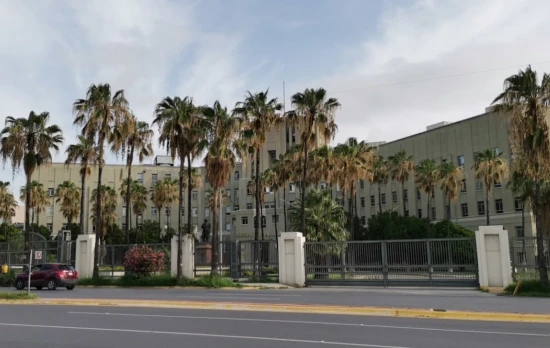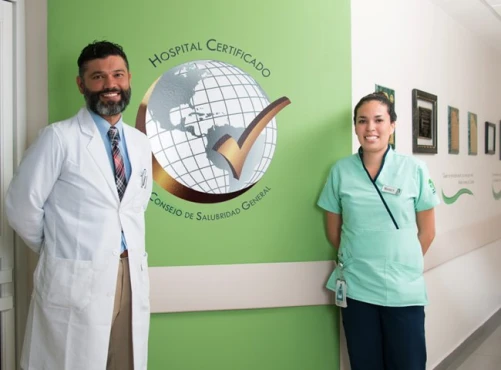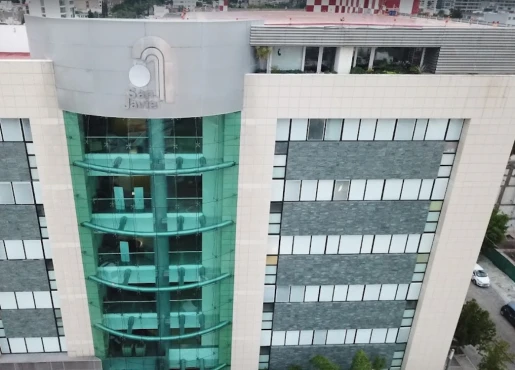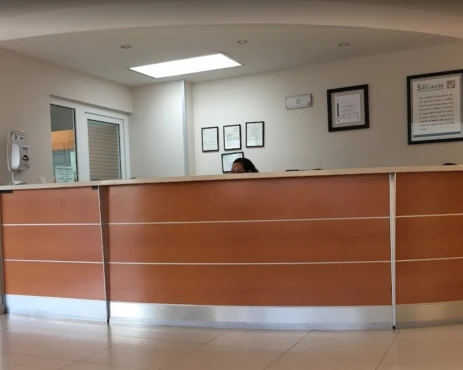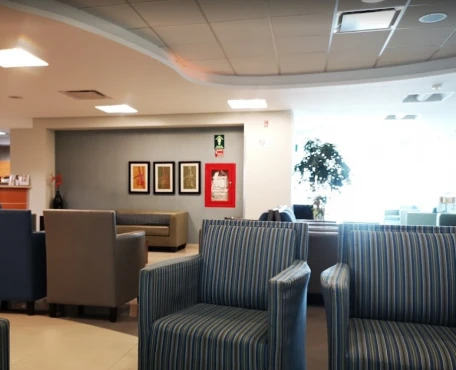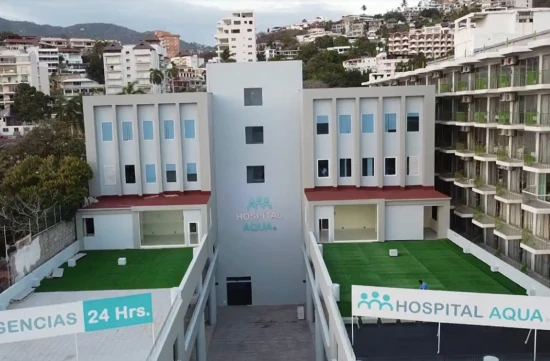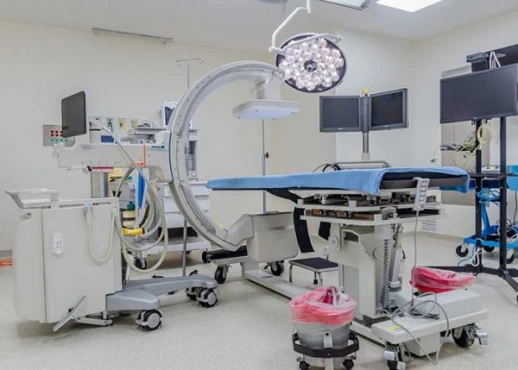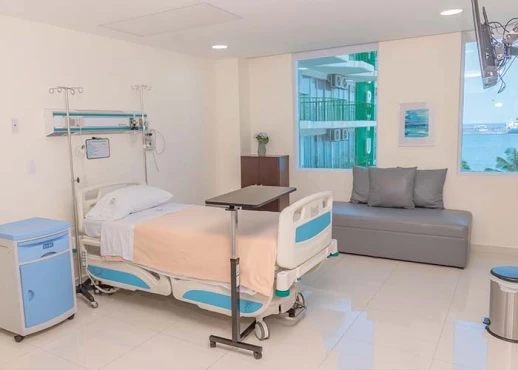from Vee Hunnicutt
November 13, 2023
Hosp de la familia (Terror story)
Hospital de la familia :
Do not go here unless you want yo die!!
My experience at the hospital : Right as we walked In they take us into a small room asked for the money!
Our money got taken, immediately . I mean as soon as we walked in $5,950 +580. We were sent to the waiting room, the fear kicked in immediately as we were left in the waiting room watching this woman Maritsa leaving with our money. I was in tears ! Scared out of my mind thinking we had just been scammed! Soon they came to get us to bring us into room 212. The dresser was old and faded , so was the blanket and the dinner tray. I was so terrified that every time they took my blood pressure it was extremely high! My blood pressure continued to be high as Martiza kept getting defensive, talking over us and defending her unprofessionalism and her greedy actions . She did not try to be sympathetic or understanding. She made sure to talk over us, making sure we didn’t get heard , and that only what she wanted to say and wanted done being the only thing was being accomplished.
My constant fear of being scammed I asked for receipts for all the money that had been given to her, she was annoyed at the fact, and stormed out!
I was taken to a room where more test were done . The surgeon came in poked at where he wanted to work on. They wheeled me into the operating room. I woke up with no surgery done at all!
When I woke up I was asked by a man in the operating room with a terrifying look on his face if I couldn’t remember what happened? I told him no!
The other doctor in the room with the almost same look but more of fear & concern, said SO YOU REALLY CANNOT REMEMBER WHAT HAPPENED??
Once again , I told him no, I wasn’t being told what happened instead they all were terrified!!
I was wheeled back into the room where my husband was waiting for me. There my husband asked me if I knew what happened?
I told him no, but he had the same look of terror in his eyes. He then told me I had died . The surgeon told the nurses to get him where he proceeded to tell my husband that there was a complication and that my heart stopped after my larynx closed on me and that they had to preform chest compressions and that I was brought back and was stable , that as soon as I could get enough of the anesthesia to ware off , I would be brought back to my room to him.
They then told him they only got to make the holes for the operation but no operation took place and they could not operate due to the “ complications “ They brought me back to room after that my surgeon Dr. Sariana disappeared completely! We never saw him again.
There was another surgeon called in and he was the one we delt with . The consultation service group disappeared with my money . Sent me charges that now doubled my original quote. Now I have no surgery and my money’s been stolen due to their negligence. But I’m being charged due to the hospital not wanting to discharge us and said we must stay a extra nights here!
Even though we wanted to leave we were told we would not be able to be discharged until the surgeon discharged us and he refused to do so and left us there accumulating charges for extra nights.
When I was finally discharged the nurse said they had destroyed the vein where I had my IV and said no fluid was even going in anymore it was just all accumulating in my body.
I was able to make a stop payment for the cashiers check that the consultation company wanted to keep even though they didn’t preform my surgery. They kept $850. Dollars I payed them in cash . But now they are charging me for the hospital stay I didn’t have a choice on, and I want the hospital to know that this whole experience has been a night mare.
These people that you have working in your hospital are scam artist and I hope you think twice before you let portofino consulting do this to any other poor women who put their trust in this company.
Please reach out to me and let me know what you plan on doing about this company’s terrible service, bill and what’s going to be done here.
from Corina Mares
November 06, 2022
I came to this hospital in October 2021 to get a tubal reversal. We made the decision to go to Mexico for surgery because of the cost compared to the U.S and I don’t regret my decision! It was clean, professional, and comfortable. The doctor who performed my surgery explained everything to my husband and I thoroughly and even showed us pictures. Although I do recommend taking someone with you if you can, who is bilingual because some of the nurses and I had trouble communicating since I don’t know Spanish, luckily my husband does and was able to translate things though. Maritza was the person who facilitated the appointment and was very responsive, she even met us at the hospital on a Saturday (the day of my appointment) to check us in. Most importantly though my tubal reversal was successful! I’ve had an hsg procedure back home in San Diego which confirmed this. I have not gotten pregnant yet though but I’m hopeful it will happen soon.I just wanted to share my experience to any other person it may help.
from Shanan Aven
September 11, 2022
I highly recommend anyone who is thinking of having a sort of medical procedure this is the place to have it done. I am over the moon with how well I was treated by not only the nurses and hospital staff but Dr. S, Dr. Mariana, Penelope and Maritza were exceptionally wonderful to work with. I had weight loss revision surgery and could not be happier. I will be going back at some point for plastics. Thank y’all for being so good to me and my mom.
